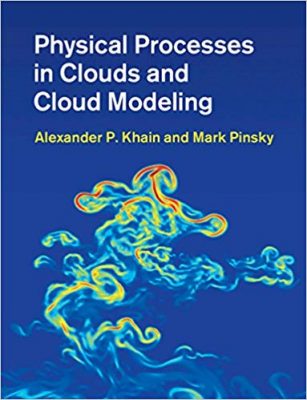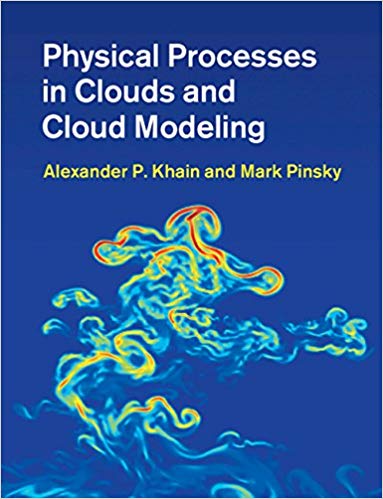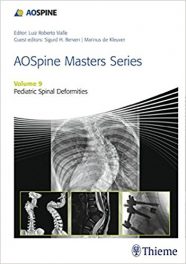 Authors: Alexander P. Khain and Mark Pinsky
Authors: Alexander P. Khain and Mark Pinsky
Publisher: Cambridge University Press – 626 pages
Book Review by: Sonu Chandiram
The authors of this book – Alexander P. Khain and Mark Pinsky – write in the Preface that studies of clouds and cloud-related phenomena are an integral part of modern meteorology, that provide data that are directly applied to:
- Agriculture – whether crops will flourish, remain there, or wither away
- Air traffic control – conditions that make it difficult or easy for pilots to fly planes
- Environmental control – cold or hot temperatures that hurt or help animals and plants
- Weather forecasting – whether there’s going to rain or snow, or any combinations
The study of clouds and their formation and movement is also essential because they are a major component of hazardous atmospheric phenomena such as the following, and other conditions
- Hailstorms
- Hurricanes
- Rainfall
- Snowfall
This is a large-sized (8.5” x 11”) and thick (containing 600+ pages) book, with lots of black-and-white and color images such as charts, mathematical formulas, tables, and other study aids that enhance the learning process, containing these seven chapters:
- Clouds: Definitions and Significance
- Cloud Particles and Their Representation in Cloud Models
- Basic Equations
- Numerical Methods Used in Cloud Models
- Warm Metaphysical Processes
- Microphysical Processes in Ice and Mixed0Phase Clouds
- Modeling: A Powerful Tool for Cloud Investigation
Here is the type of content you will find in a typical chapter. Let’s look for example at the topics and subtopics in chapter 2 – Cloud Particles and Their Representation in Cloud Models:
- 2.1 General Characteristics of Cloud Particles and Their Description in Cloud Models
- Aerosol particles
- Man-made APs
- Drops
- Aggregates
- Particle Mass
- Bulk density
- Equivalent shapes
- Equivalent radius
- Representation of particle properties via particle mass
- Full velocity
- 2.2 Atmospheric Aerosols
- Polar aerosols
- Background aerosols
- Remote maritime aerosols
- Sun spray
- Remote continental aerosols
- Desert dust-storm aerosols
- Rural aerosols
- Urban aerosols
- Biomass burning APs
- 2.3 Cloud Drops
- 2.4 Cloud Ice
Numerous images – charts, sketches, and tables – illustrate the numerous and various topics discussed, with very detailed photo captions that carefully explain and support the various atmospheric conditions and phenomena.
This is an excellent, detailed, and well-illustrated book on the physical processes related to clouds and their formation that also provides the scientific basis, with the math, of the various processes. For anyone venturing into, or already in meteorology, I highly recommend this outstanding work.
Authors:
Dr. Alexander P. Khain is Professor in the Institute of Earth Sciences at the Hebrew University of Jerusalem. He is a renowned leading expert in developing cloud and cloud-resolving models with precise microphysics of clouds and precipitation. He has participated in several American, European and Asian research projects where his advanced microphysical schemes were widely used to investigate natural and anthropogenic aerosol effects and relations between microphysics and atmospheric dynamics. He has published two books on tropical cyclones and their interaction with the ocean, and approximately 200 academic papers on cloud physics, cloud-aerosol interaction, and numerical modeling of clouds, storms, and hurricanes
Dr. Mark Pinsky is Professor in the Institute of Earth Sciences at the Hebrew University of Jerusalem. He is a leading expert in the investigation and modeling of drop condensation and evaporation and turbulence impact on collision processes in clouds. The cloud models he has developed have enabled us – for the first time – to explain the impact of turbulence on precipitation formation as well as drizzle formation.
Dr. Pinky has participated in several joint European and American research projects in the fields of cloud physics, precipitation enhancement, and satellite and radar meteorology. He has published more than 100 academic papers on cloud physics, cloud modeling, radar meteorology, and estimation of symmetry measure in chemistry.







